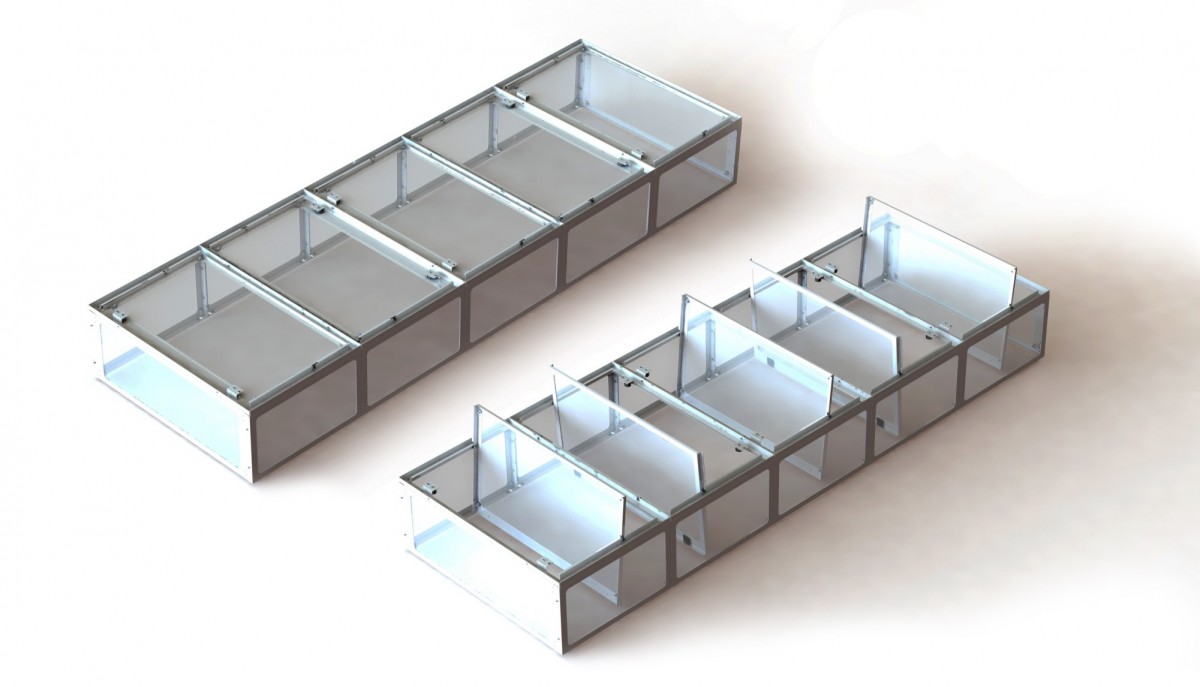Gartner defines a digital twin as a software design pattern that represents a physical object with the objective of understanding the asset’s state, responding to changes, improving business operations and adding value.
“The results — especially when compared with past surveys — show that digital twins are slowly entering mainstream use,” said Benoit Lheureux, research vice president at Gartner. “We predicted that by 2022, over two-thirds of companies that have implemented IoT will have deployed at least one digital twin in production. We might actually reach that number within a year.”
While only 13 per cent of respondents claim to already use digital twins, 62 per cent are either in the process of establishing the technology or plan to do so in the next year. This rapid growth in adoption is due to extensive marketing and education by technology vendors, but also because digital twins are delivering business value and have become part of enterprise IoT and digital strategies.
“We see digital twin adoption in all kinds of organisations. However, manufacturers of IoT-connected products are the most progressive, as the opportunity to differentiate their product and establish new service and revenue streams is a clear business driver,” Mr Lheureux added.
Digital Twins Serve Many Masters
A key factor for enterprises implementing IoT is that their digital twins serve different constituencies inside and outside the enterprise. Fifty-four per cent of respondents reported that while most of their digital twins serve only one constituency, sometimes their digital twins served multiple; nearly a third stated that either most or all their digital twins served multiple constituencies. For example, the constituencies of a connected car digital twin can include the manufacturer, a customer service provider and the insurance company, each with a need for different IoT data.
When asked for examples of digital twin constituencies, replies varied widely, ranging from internal IoT data consumers, such as employees or security over commercial partners to technology providers. “These findings show that digital twins serve a wide range of business objectives,” said Mr Lheureux. “Designers of digital twins should keep in mind that they will probably need to accommodate multiple data consumers and provide appropriate data access points.”
Digital Twins Are Often Integrated With Each Other
When an organisation has multiple digital twins deployed, it might make sense to integrate them. For example, in a power plant with IoT-connected industrial valves, pumps and generators, there is a role for digital twins for each piece of equipment, as well as a composite digital twin, which aggregates IoT data across the equipment to analyse overall operations.
Despite this setup being very complex, 61 per cent of companies that have implemented digital twins have already integrated at least one pair of digital twins with each other, and even more — 74 per cent of organisations that have not yet integrated digital twins — will do so in the next five years. However, this result also means that 39 per cent of respondents have not yet integrated any digital twins; of those, 26 per cent still do not plan to do so in five years.
“What we see here is that digital twins are increasingly deployed in conjunction with other digital twins for related assets or equipment,” said Mr Lheureux. “However, true integration is still relatively complicated and requires high-order integration and information management skills. The ability of to integrate digital twins with each other will be a differentiating factor in the future, as physical assets and equipment evolve.”




